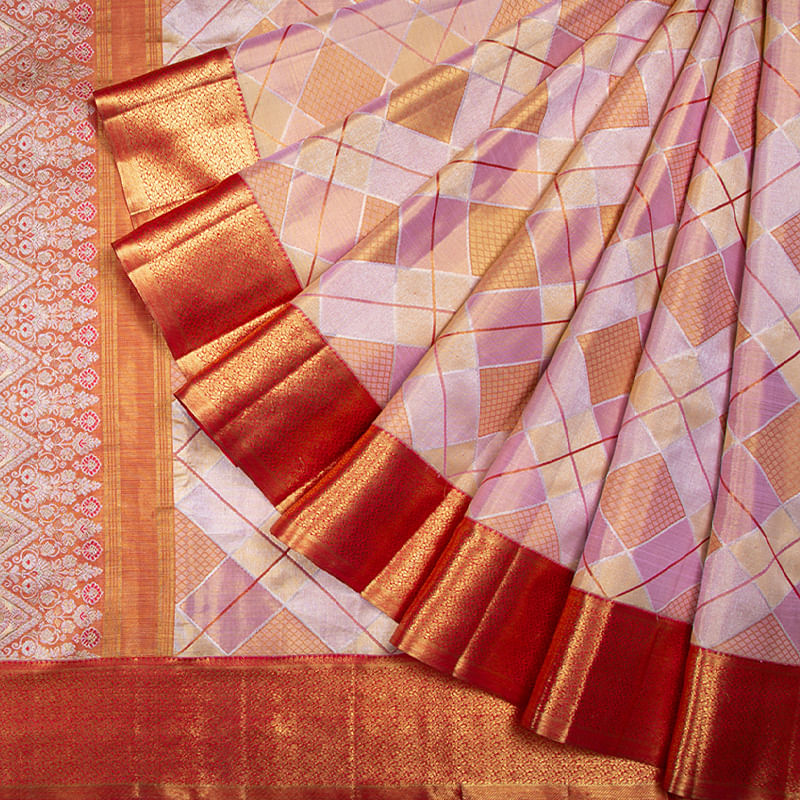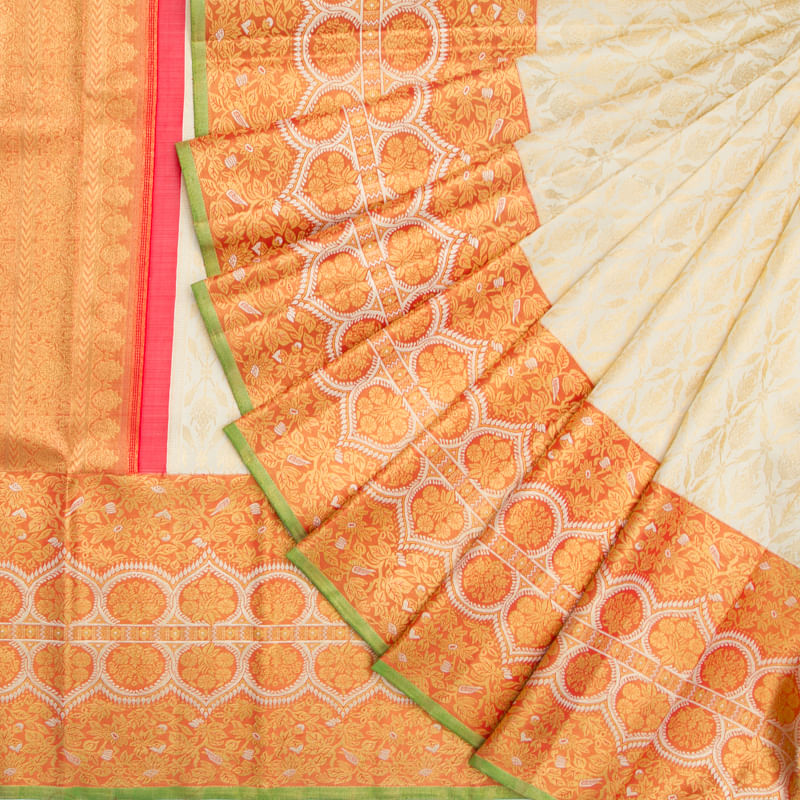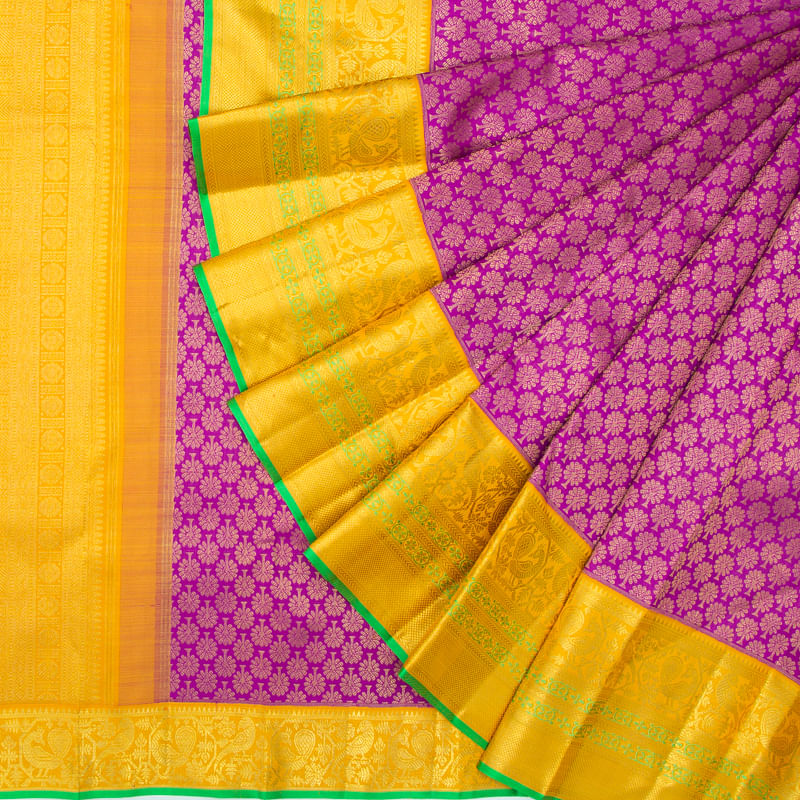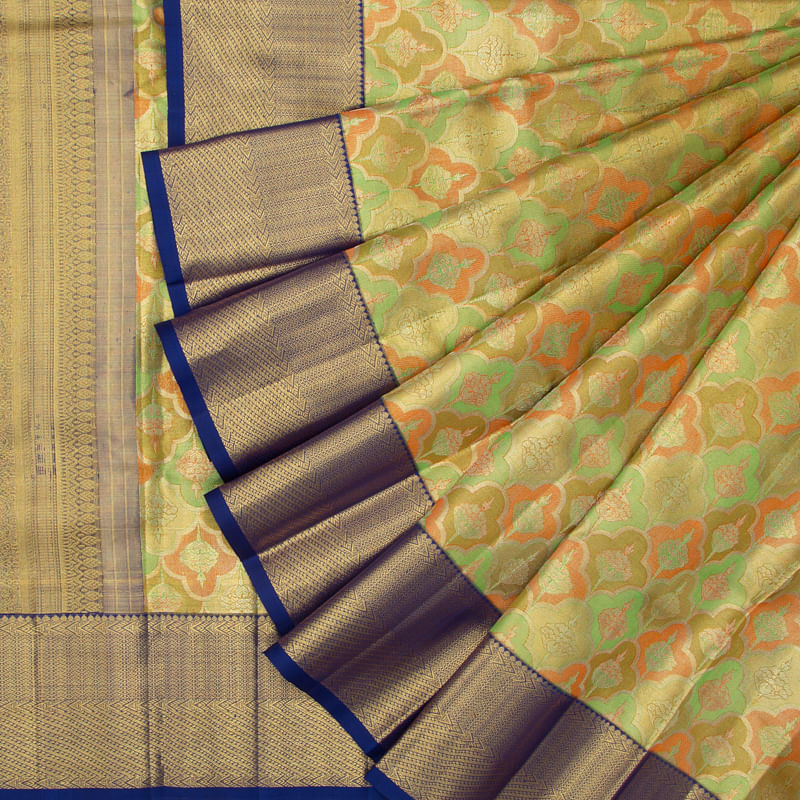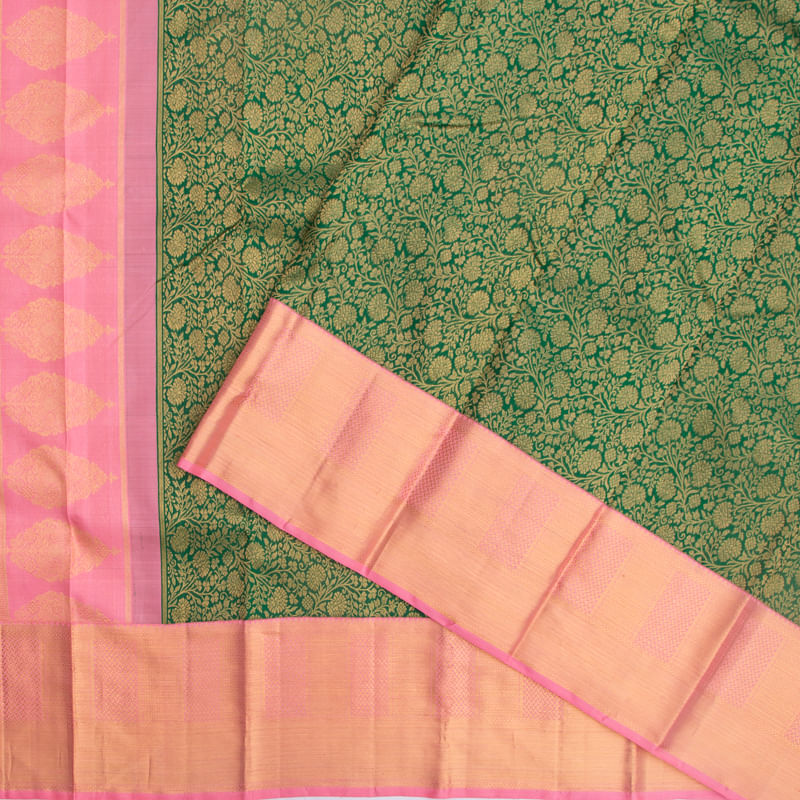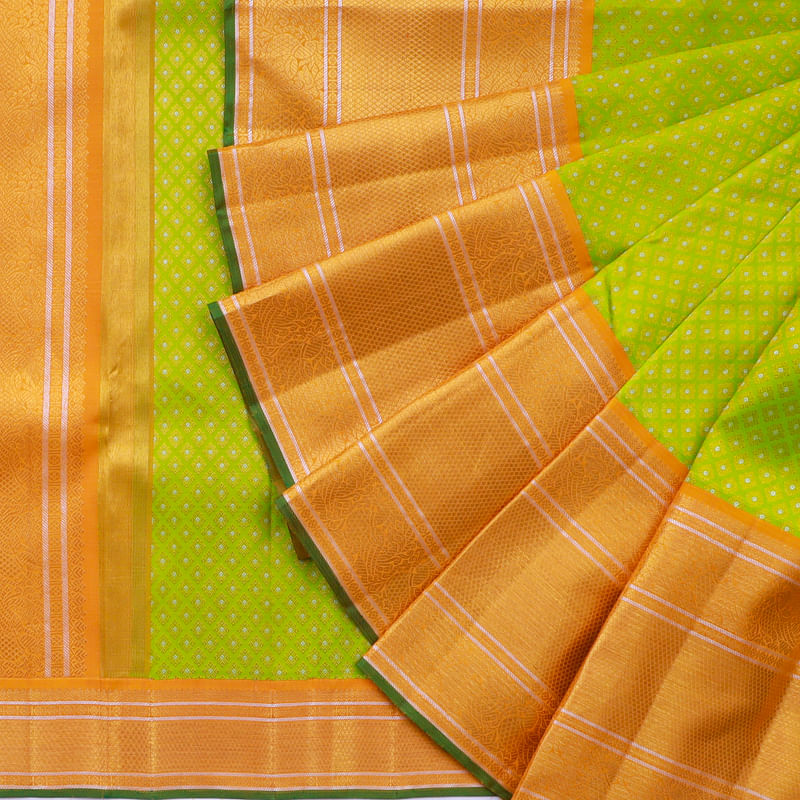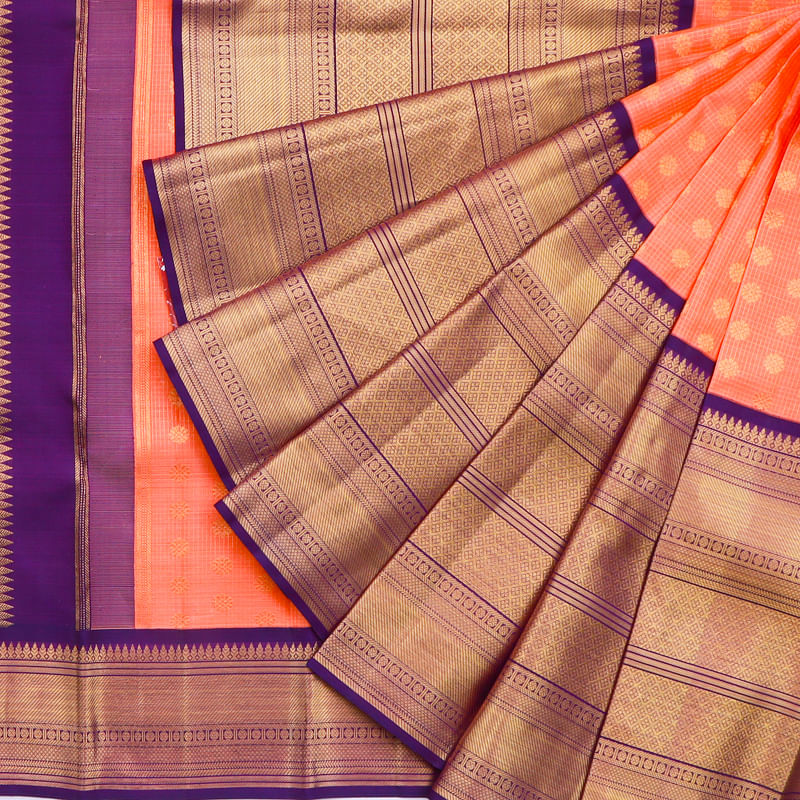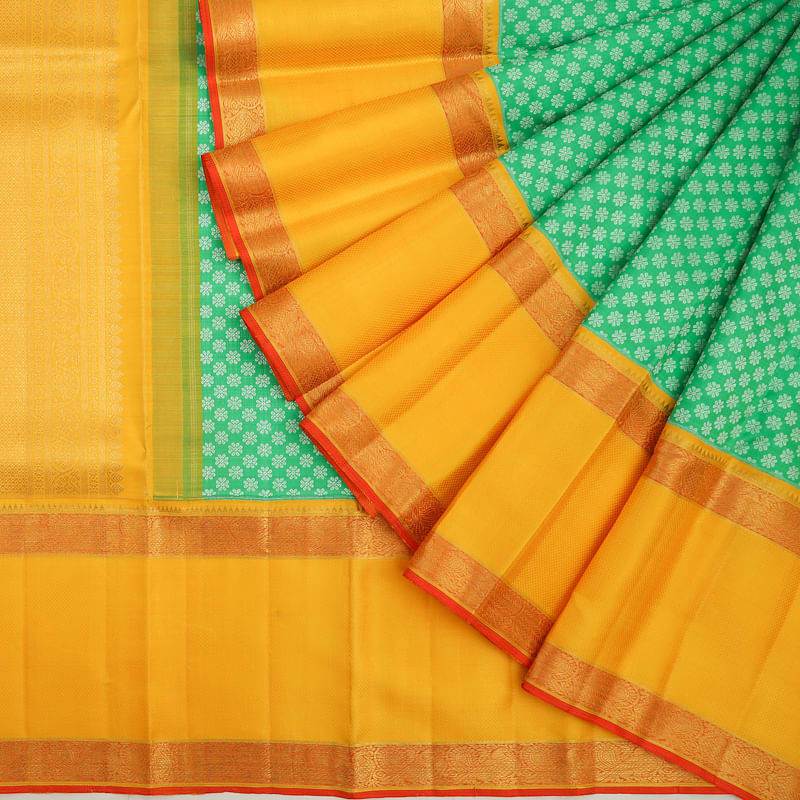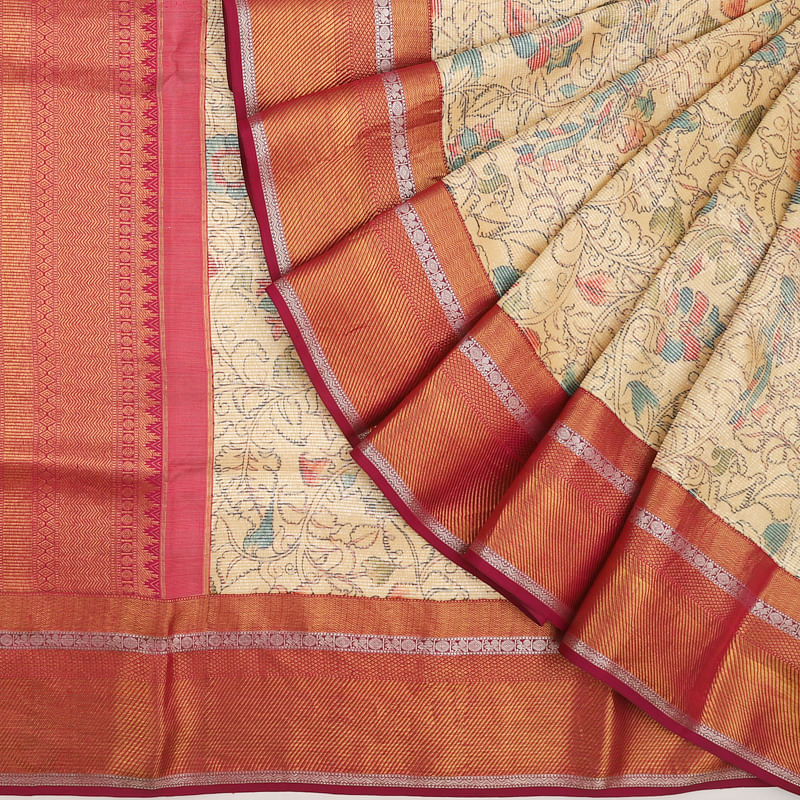Saree, the most graceful form of attire, dates back to its mention in the Sanskrit literature of the 6th century B.C.E. It evolved from a three-piece-attire of unstitched cloth as the lower garment, a chest band, and a piece worn over the shoulder or head. Saree is an important part of the Hindu tradition as it is an unstitched piece of clothing that is considered pure, which is believed to lead women on a righteous path.
Wearing a saree not only enhances the beauty of a woman but also brings out elegance, poise, and confidence. Every saree is a work of art, and you just need to pick the right one for you. If you too are looking for some saree tips, here are some that will help you buy the perfect occasion saree.
Check for Purity
There are various kinds of sarees available in India, each with its unique design, material, and form. While there are sarees available in their true forms like silk, and cotton, there are also sarees that are a mixture of two materials.
The government has established a system to identify the authenticity and purity of any product. Using the Geographical Indication (GI Mark), people can verify if the product is an original from that region or not. Even without that mark, there are a number of the best online saree shopping sites in India that sell pure quality products. They have turned into legacy stores and their main aim is to uphold the culture and diversity of India.
Notice the intricacy of designs
The beauty of the saree comes from the choice of fabric as well as the design or print on it. The beautiful temple borders and vibrant hues are what sets apart the south Indian sarees. Similarly, the price of Kanjivaram saree price in Kolkata shoots up considerably due to the intricate borders woven in real zari.
The detailing of the designs on Indian sarees takes months of hard work, patience, skillset, and mathematical accuracy. Each motif or border is symbolic of that region and narrates stories of culture. Handwoven design sarees are costlier than power loom, and it is necessary to understand the intricacies of both.
- Handloom as the name suggests is handwoven, so it has a rugged uneven surface. They might also have pin marks or holes at equal distance on top or bottom of the saree or near borders, known as selvedge. At the same time, machine design sarees are flawless and smooth.
- Handloom sarees are soft, but the machine designs are stiff and hard in feel.
- The handloom designs are more intricate and sharp, as compared to the power loom.
Handloom sarees might appear expensive, but when you drape them, you connect with the thoughts of thousands of artisans that have worked in instilling life into the saree.
Understand the Fabric Quality
Fabrics are not new to us, but while purchasing a saree, it is important to understand the fabric quality and how it will look on you. Each fabric has its nuances and appears different. Some great fabrics that can be seen on saree online in India are:
- Cotton: One of the best materials for a saree, the Cotton fabric is soft, lightweight & quite easy to handle as compared to other heavy fabrics. It is extremely comfortable to wear and is a staple during south Indian cotton sarees online shopping.
- Silk: A luxurious fabric that is a little heavy to carry, silk is usually worn during weddings, festivals and other events. No south Indian wedding sarees online shopping is complete without a zari work silk saree.
- Chiffon: Chiffon fabric is soft, lightweight & easy-to-drape. It might look very fragile, but is strong and can be worn in family gatherings, social events, weddings & festivals effortlessly!
- Organza: A type of fabric that is produced from silk, Organza is more stiff, soft, thin and has a matte finish. It gives a regal feel to the wearer and available in different varieties.
Consider your Physique
The beauty of this unstitched piece of garment is that it adapts itself to suit the body of the woman. However, there are certain types of sarees designs or fabrics particularly, that may complement your beauty multifold. The fabric and print of the saree are important as is your physique, you must understand which material saree will look good on you.
- Silk and cotton sarees are great for every body type. However, make sure that petite girls do not indulge in an overly embellished brocade saree as it might be difficult to carry.
- Organza saree on the other hand offers versatile drapes, but its texture is stiff. This gives it volume that looks great on thin girls, but is not very suitable for people with a full figure.
Chiffon and georgette are flowy materials. Hence, it is advisable to opt for small butis throughout the saree instead of a heavy border, as it will weigh the saree down. You can also opt for soft silk sarees online Bangalore.
Choose the occasion saree
Although sarees can be worn on every occasion, it is important to identify which saree would look good at your event. Banarasis and Kanjivarams are top choices among silk sarees online India for traditional wedding attires. However, modern-day brides have started opting for other handloom sarees like paithani and organza as they are easier to carry and offer a variety of designs.
For pre-wedding functions or events, lightweight sarees with slight zari work and floral prints work wonders. They impart a slight sheen to the entire attire and make you look regal. Organza, tussar, and kota silk are some varieties you can opt for.
For formal events, there is no better option than a cotton saree. Jamdani sarees in geometric prints or chanderis are great choices. You can even opt for a mix of silk and cotton, as it gives it both richness and purity.
Be careful of the Weather
Sarees are an all-weather attire, but be careful of which fabric you choose for different seasons:
For summer, easy-breezy cotton, linen, sheer, and khadi sarees are perfect. For the winters, silk is the most preferred fabric as they absorb moisture to keep you warm. Some others include velvet and chiffon.
Pay Attention to Storage and Care Tips
As beautiful and elegant as the sarees look, it also requires a lot of care, both pre and post wearing. Some sarees like Chiffon require less care, whereas cotton, silk and Organza require care both in storage and while wearing.
Saree lovers understand that each saree is unique and breathes differently so based on their weight, colour density, embroidery, and weather conditions, each saree has to be taken care of uniquely.
-
Cotton: Should be washed separately, dried in shade and ironed crisp, cooled and then stored.
- Chanderis and Organzas: Must only be dry cleaned, wrapped in muslin or very old cottons, should not be hanged and be refolded frequently to avoid crease turning into tear.
- Chiffons and Georgettes: Do not wring after hand washing or do not stretch the fabric while drying.
- Silk Sarees: These sarees should be stored in a cool space, dehumidified and away from direct sunlight. Every six months, the sarees should be shown air and light and then stored again.
Depending on how much care different sarees require, you can use these saree tips to complete your online saree shopping India.
Looking for the Perfect Saree?
All the above points must be kept in mind while looking for a perfect saree. This will not only help you choose the saree you want but also make you look your best in what you are wearing, without having to worry about storage, care and other things.
If you’re looking for the best saree shop, Kankatala with its legacy of over 80 years provides some of the best handloom sarees online from exclusive hand-picked collections of Kanchipuram, Banarasi, Silk, Cotton, Uppada, Organza, Linen. You can shop for saree online in India with Kankatala.


